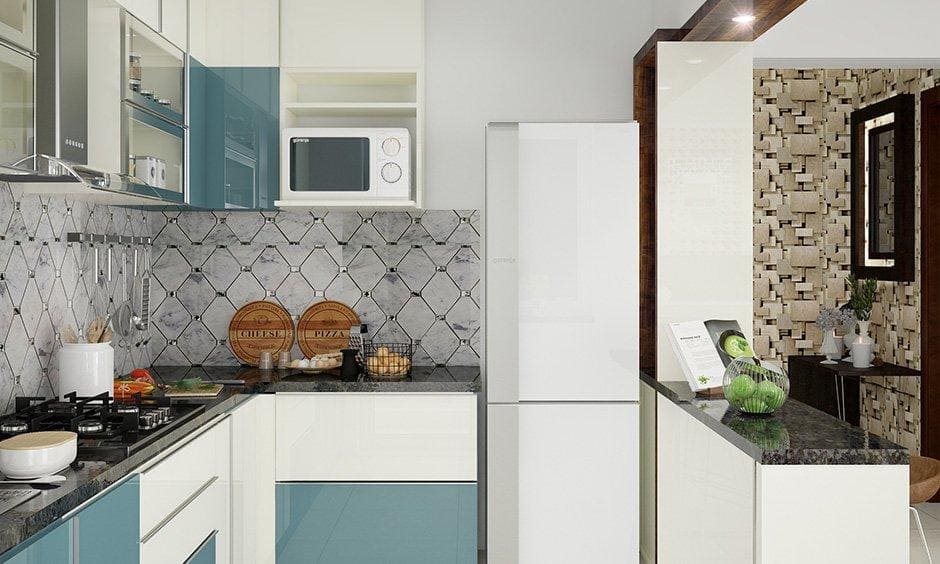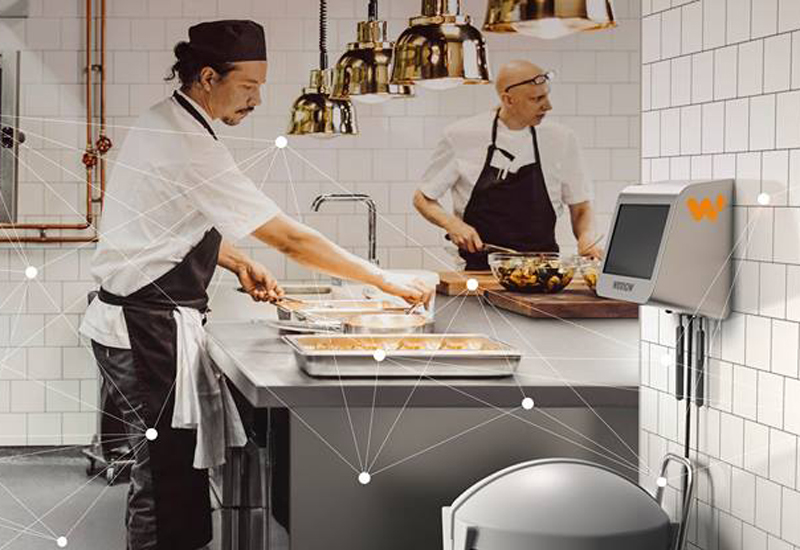In the age of smart technology, home automation has become a buzzword, revolutionizing how we interact with our living spaces. With the advent of smart homes, understanding what sensors are used in home automation is crucial. These sensors are the backbone of smart homes, enabling devices to communicate and function seamlessly. From enhancing security to improving energy efficiency, sensors play a pivotal role in transforming traditional homes into intelligent environments.
Home automation is not just about convenience; its about creating a responsive and intuitive environment. But what exactly makes a home smart? The answer lies in the extensive use of various sensors that monitor and respond to environmental changes. These sensors form an intricate network that allows for the automation of everyday tasks, ensuring comfort and security.

Understanding Home Automation
Before delving into the specific sensors, its essential to grasp the concept of home automation. It involves the control and automation of lighting, heating, ventilation, air conditioning, and security systems. Devices communicate through the Internet of Things (IoT), enhancing the user experience by providing remote control and automation features.
Key Components of Home Automation
Home automation systems generally consist of three primary components: sensors, controllers, and actuators. While controllers and actuators perform essential tasks, sensors are the eyes and ears of the system, providing the necessary data to make informed decisions.
Types of Sensors in Home Automation
The effectiveness of a smart home largely depends on the variety and quality of sensors used. Lets explore the most common types of sensors that form the foundation of a smart home:
1. Motion Sensors
Motion sensors are pivotal in enhancing home security. They detect movement within a specified range, triggering alarms or turning on lights to deter intruders. Motion sensors can also be used to automate lighting, ensuring energy efficiency by turning off lights in unoccupied rooms.
2. Temperature Sensors
Temperature sensors play a critical role in maintaining a comfortable home environment. They monitor temperature changes, allowing heating and cooling systems to adjust accordingly. This not only ensures comfort but also optimizes energy consumption.
3. Light Sensors
Light sensors, also known as photoelectric sensors, detect natural light levels. They are used to control artificial lighting, ensuring optimal illumination without wasting energy. For instance, lights can be dimmed during the day when theres ample natural light.
4. Smoke and Gas Sensors
Safety is paramount in any home, and sensors like smoke and carbon monoxide detectors are essential. They alert homeowners to potential fire hazards or gas leaks, providing peace of mind. For more on how these sensors work in conjunction with other devices, visit smart carbon monoxide detectors.
5. Humidity Sensors
Maintaining the right humidity levels is vital for both comfort and health. Humidity sensors monitor moisture levels, allowing HVAC systems to adjust and maintain a healthy indoor climate. They also help in preventing mold growth by ensuring adequate ventilation.
6. Proximity Sensors
Proximity sensors detect the presence of objects or individuals within a certain distance. They are commonly used in automated doors and lighting systems, enhancing convenience and energy efficiency.
7. Pressure Sensors
Pressure sensors are used in various applications, such as monitoring water pressure in plumbing systems or detecting leaks. They ensure the smooth operation of household systems by providing real-time data on pressure changes.
8. Water Leak Sensors
Water damage is a significant concern for homeowners. Water leak sensors detect moisture levels and alert the user to potential leaks, preventing costly damage. These sensors are typically placed in areas prone to leaks, such as basements and bathrooms.
9. Door and Window Sensors
These sensors are integral to home security systems. They detect the opening and closing of doors and windows, alerting homeowners to any unauthorized access. Combined with geofencing technology, they offer an added layer of security. Learn more about this technology at geofencing in home automation.
10. Vibration Sensors
Vibration sensors detect unusual movements or vibrations, often used in security systems to detect break-ins. They can also be used in washing machines to monitor and prevent excessive vibrations during operation.
Integrating Sensors in Smart Homes
Integrating these sensors into a cohesive system is where the magic happens. With platforms like Alexa, homeowners can set routines and automate tasks effortlessly. Discover how to set routines with Alexa for a smarter home experience.
Challenges and Considerations
While the benefits of home automation are numerous, there are challenges to consider, such as compatibility issues between devices from different manufacturers. Additionally, ensuring robust cybersecurity measures is crucial to protect against potential breaches.
Future of Home Automation
The future of home automation is promising, with advancements in AI and machine learning poised to enhance the capabilities of smart homes. As technology evolves, the integration of more sophisticated sensors will provide even greater levels of convenience and security.
Conclusion
Understanding what sensors are used in home automation is key to leveraging the full potential of smart homes. By integrating a variety of sensors, homeowners can create an efficient, secure, and comfortable living environment. As technology continues to advance, the possibilities for home automation are endless, promising a future where homes are not just smart but truly intelligent.

Frequently Asked Questions
1. How do sensors improve home security?
Sensors such as motion detectors, door and window sensors, and vibration sensors can detect unusual activities and alert homeowners, thus enhancing security.
2. Can sensors help in energy conservation?
Yes, sensors like light and temperature sensors help optimize energy use by adjusting lighting and HVAC systems according to the environmental conditions.
3. What are the challenges in implementing home automation?
Challenges include compatibility between devices, cybersecurity risks, and the initial cost of installation. Despite these challenges, the benefits of home automation make it a worthwhile investment.





